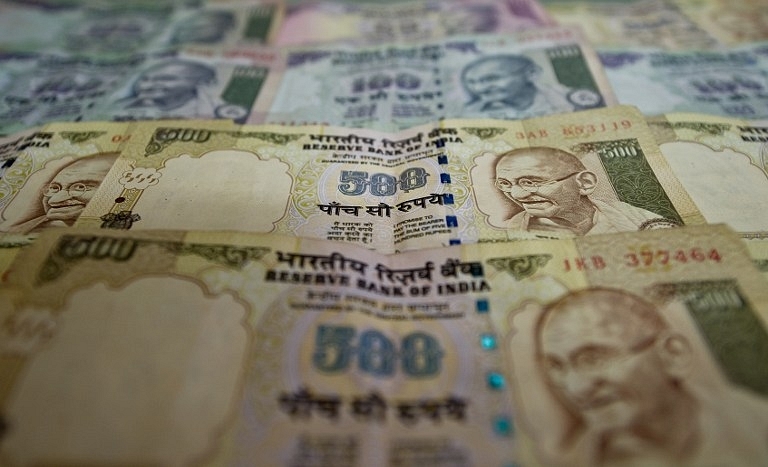World
EEU-Vietnam FTA: A Road Map For India

Following the example of Vietnam, India must sign a Free Trade Agreement with the Eurasian Economic Union. The initiative is bound to yield substantial economic benefits in the long run.
The protracted Vietnam War (1954-1975) had a deleterious effect on the country’s economy. It remained impoverished and politically isolated during that period. When the war finally came to an end, Vietnam was one of the poorest countries in the world, facing many fundamental problems such as the shortage of food, hyperinflation, huge unemployment and corruption.
It was only after the introduction of economic reforms, commonly known as Doi Moi, in 1986 that Vietnam’s economy started growing at a faster rate. This high growth was accompanied by a steep reduction in poverty. Today, Vietnam has achieved five out of the eight Millennium Development Goals (MDGs) as laid down by the United Nations, which is the best yardstick for assessing the overall development of the nation.
One of the fastest growing economies in South-East Asia, Vietnam is, mainly, an export-driven economy. The value of the country’s exports in 2014 was US$150 billion, with an exports-to-GDP ratio of 80 percent. The main items exported from Vietnam in 2014 were mobile phones and its accessories, textiles and garments, computers, crude oil, and footwear.
Free Trade Agreements (FTAs) have played a significant role in promoting Vietnam’s exports and helped in boosting its economy. Vietnam independently joined FTAs, and is also a member of the Association of Southeast Asian Nations (ASEAN). The scope of Vietnam’s FTAs has been increasing, largely due to the movement of goods to trade in services, investment and other trade-related aspects.
Recently, Vietnam became the first country to sign a Free Trade Agreement with Eurasian Economic Union (EEU). The EEU currently comprises of Russia, Belarus, Kazakhstan and Armenia, while talks are in progress for the inclusion of Kyrgyzstan in this trade bloc as well. The EEU is a single unified market of 176 million people with a GDP (nominal) of over US $2.15 trillion.
This FTA will immensely benefit Vietnam, as it will help in boosting the export of Vietnamese agricultural produce, seafood, textile and garments, and footwear to the four markets of EEU. The EEU-Vietnam FTA will, moreover, benefit both Russia and Vietnam, as it will help in realising their aim of increasing bilateral trade to US$10 billion by 2020 (from US$2.6 billion as recorded in 2014).
Lessons for India
India must sign an FTA with the EEU just like Vietnam has done. The FTA will certainly prove to be beneficial for both sides. India has expressed its interest in signing the agreement. However, there is no visible action from the Indian government as far as taking this initiative forward is concerned. It is possible that Prime Minister Narendra Modi’s visit to Russia and five central Asian countries in July will accrue in concrete outcomes that will facilitate the economic integration between India and the Eurasian region.
The Eurasian region has enormous reserves of oil and natural gas, which can be a panacea for India’s energy security needs. India enjoys amicable relations with all the member countries of EEU, and this needs to be converted into substantial economic and strategic advantage.
By January 2016, a single market for pharmaceuticals will be created within the Union. This can act as an added advantage for India’s pharmaceutical industries, given the fact that it is a leader in the sector today.
Land and sea connectivity between India, Russia and Central Asia will make an important contribution to the increase in trade with these regions. The International North – South transport corridor (INSTC) is a multi-modal transport corridor, which would connect India, Central Asia, Russia and Iran. Once completed, it will pass through the territory of the EEU member countries. This will give further impetus to trading relations between India and EEU by reducing transit time and freight costs.
Even though Russia has been a trustworthy partner of India for a long time, the bilateral trade between two countries is considerably low. The volume of bilateral trade between India and Russia was US$10 billion in 2013. India and Russia now have collectively set a target of US$30 billion by 2025, which can be certainly achieved by the signing of the FTA.
The FTA between EEU and India is also important to counter China’s growing influence in the Central Asian regions. China has made deep inroads into this region by making massive investments and providing loans to the countries. Recently, China also unveiled New Silk Road Economic Belt initiative, which would improve its connectivity with the Central Asian regions.
In order to develop a far more beneficial partnership with Central Asia and Russia, to meet its growing energy demands and to counter China’s growing influence in this region, India needs to go ahead with the signing of the FTA with EEU. Vietnam’s move has a lesson in it that India must learn fast.
Introducing ElectionsHQ + 50 Ground Reports Project
The 2024 elections might seem easy to guess, but there are some important questions that shouldn't be missed.
Do freebies still sway voters? Do people prioritise infrastructure when voting? How will Punjab vote?
The answers to these questions provide great insights into where we, as a country, are headed in the years to come.
Swarajya is starting a project with an aim to do 50 solid ground stories and a smart commentary service on WhatsApp, a one-of-a-kind. We'd love your support during this election season.
Click below to contribute.
Latest